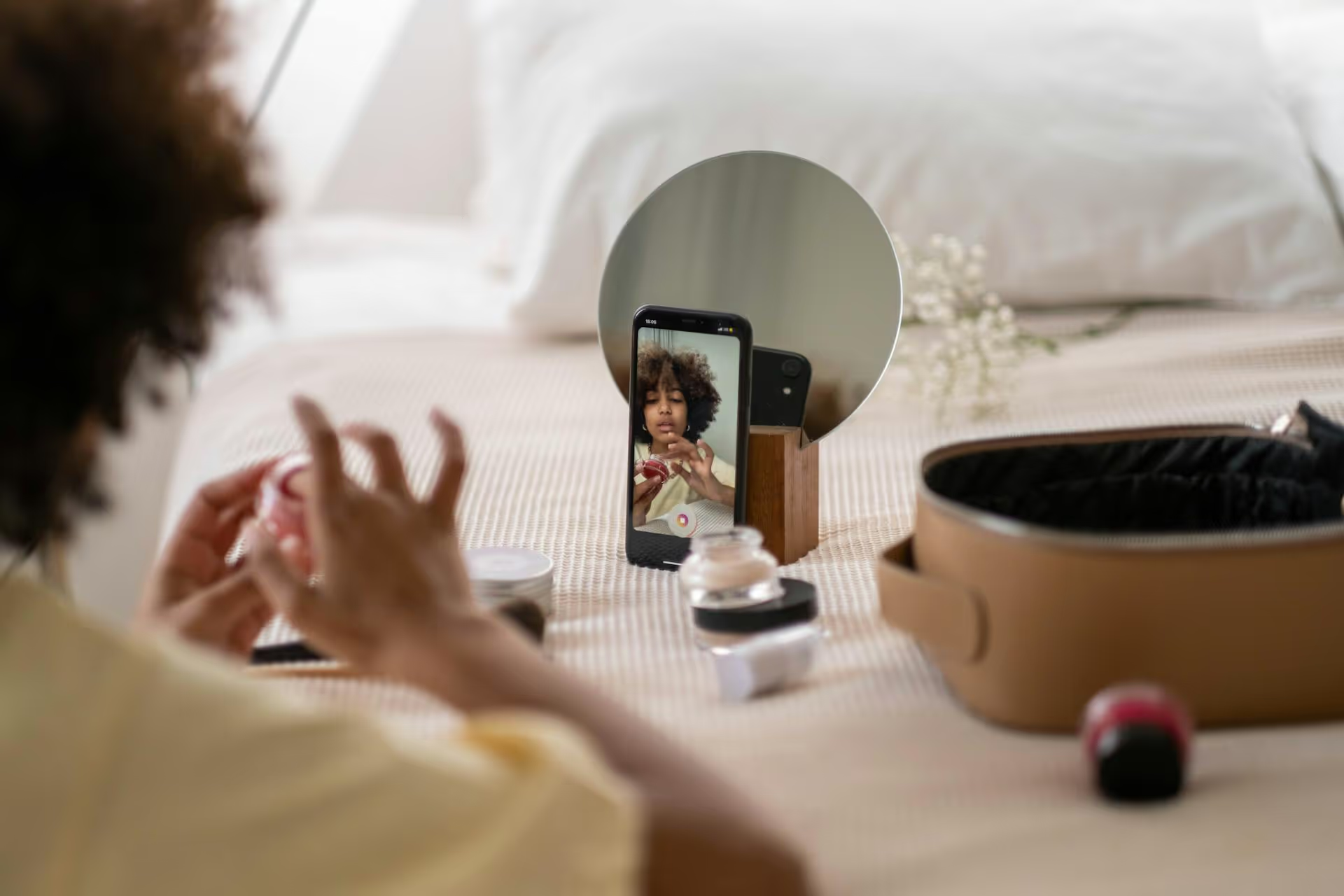How to Add Social Media Icons to an Email Signature
Enhance your email signature by adding social media icons. Discover step-by-step instructions to turn every email into a powerful marketing tool.

Trying to share an update from your Facebook Page directly to an event you're hosting? You've probably noticed there isn't a simple Share to Event button. This article breaks down why that is and gives you two simple, step-by-step methods to get your content in front of your event attendees. We'll also cover some best practices for keeping your event page engaging so you can build real excitement for your big day.
Before jumping into the "how," it's helpful to understand the "why." Your Facebook Event page isn't just a digital flyer, it's a dynamic hub for communication and community building leading up to your event. Consistently sharing content here doesn't just fill space - it serves a clear strategic purpose.
Here’s what you accomplish by regularly posting on your event page:
A silent event page suggests a disorganized or low-energy event. An active one shows you're prepared, professional, and dedicated to creating a memorable experience.
The first thing to clarify is that Facebook does not currently offer a direct way to share an existing post from your personal profile or business Page into an event page's discussion feed. When you click the "Share" button beneath a post, you'll see options to share to your feed, a friend's profile, a Group, or another Page you manage - but "Event" is not on that list.
This limitation exists because Facebook treats Event pages as semi-contained spaces. The "Discussion" tab is meant for conversations *about* the event, not just as a mirror of your main Page's feed. Therefore, any content you want on the event page must be created as a new, original post within that event.
But don’t worry. "Sharing" content to your event page is still easily accomplished with a couple of effective workarounds. You’re essentially just reposting the content in a new spot. Let's walk through exactly how to do that.
Since you can't use a simple share button, you'll need to manually add the content to a new post on the event page. Here are the two most common and effective ways to do it.
This method is the cleanest and makes your post look completely native to the event page. You're effectively recreating the original post from scratch within your event's discussion feed. It's perfect for when you want the content - especially videos and high-quality images - to appear seamlessly for your attendees.
Pros: The content looks original and is fully integrated into the event. Media is high-quality and plays directly in the feed. This method generally drives higher engagement within the event itself.
Cons: It takes a few extra steps. Engagement (likes, comments) on this new post is separate from the original post - it doesn't add to the original's social proof.
This method is faster and serves a different purpose: driving traffic back to the original post on your main Page. It's a great option if your goal is to consolidate all the engagement (likes, shares, comments) on the original post instead of splitting it between two places.
Pros: This is very fast and easy. It helps drive traffic and engagement back to your main Facebook Page, which can be good for your overall Page algorithm.
Cons: It looks like an external link, which can sometimes get less engagement than a native post. Users have to click away from the event page to fully interact with the content, which creates friction.
Knowing how to post content is one thing, knowing what to post is another. A well-managed event page keeps attendees informed and excited. Here are some ideas to add to your content calendar.
While there's no magic button to "share" a post directly to a Facebook Event Page, the workarounds are simple and effective. You can either copy and paste the content for a native feel or link back to the original post to centralize engagement. Think about which approach best fits your goal for that specific update and follow the simple steps to keep your attendees in the loop.
Manually managing content for your main page and special event pages can get overwhelming, especially when you're preparing for the event itself. We built Postbase to simplify exactly this kind of complexity. Our visual calendar allows you to plan everything in one place, making it easy to see where your content is going and when. This allows you to plan out your event announcements alongside your regular posts, so you can repurpose the right updates seamlessly and keep your community engaged everywhere without feeling like you're stuck juggling a dozen different tabs.
Enhance your email signature by adding social media icons. Discover step-by-step instructions to turn every email into a powerful marketing tool.
Learn how to add your Etsy link to Pinterest and drive traffic to your shop. Discover strategies to create converting pins and turn browsers into customers.
Grant access to your Facebook Business Manager securely. Follow our step-by-step guide to add users and assign permissions without sharing your password.
Record clear audio for Instagram Reels with this guide. Learn actionable steps to create professional-sounding audio, using just your phone or upgraded gear.
Add translations to Instagram posts and connect globally. Learn manual techniques and discover Instagram's automatic translation features in this guide.
Optimize your Facebook Business Page for growth and sales with strategic tweaks. Learn to engage your community, create captivating content, and refine strategies.
Wrestling with social media? It doesn’t have to be this hard. Plan your content, schedule posts, respond to comments, and analyze performance — all in one simple, easy-to-use tool.